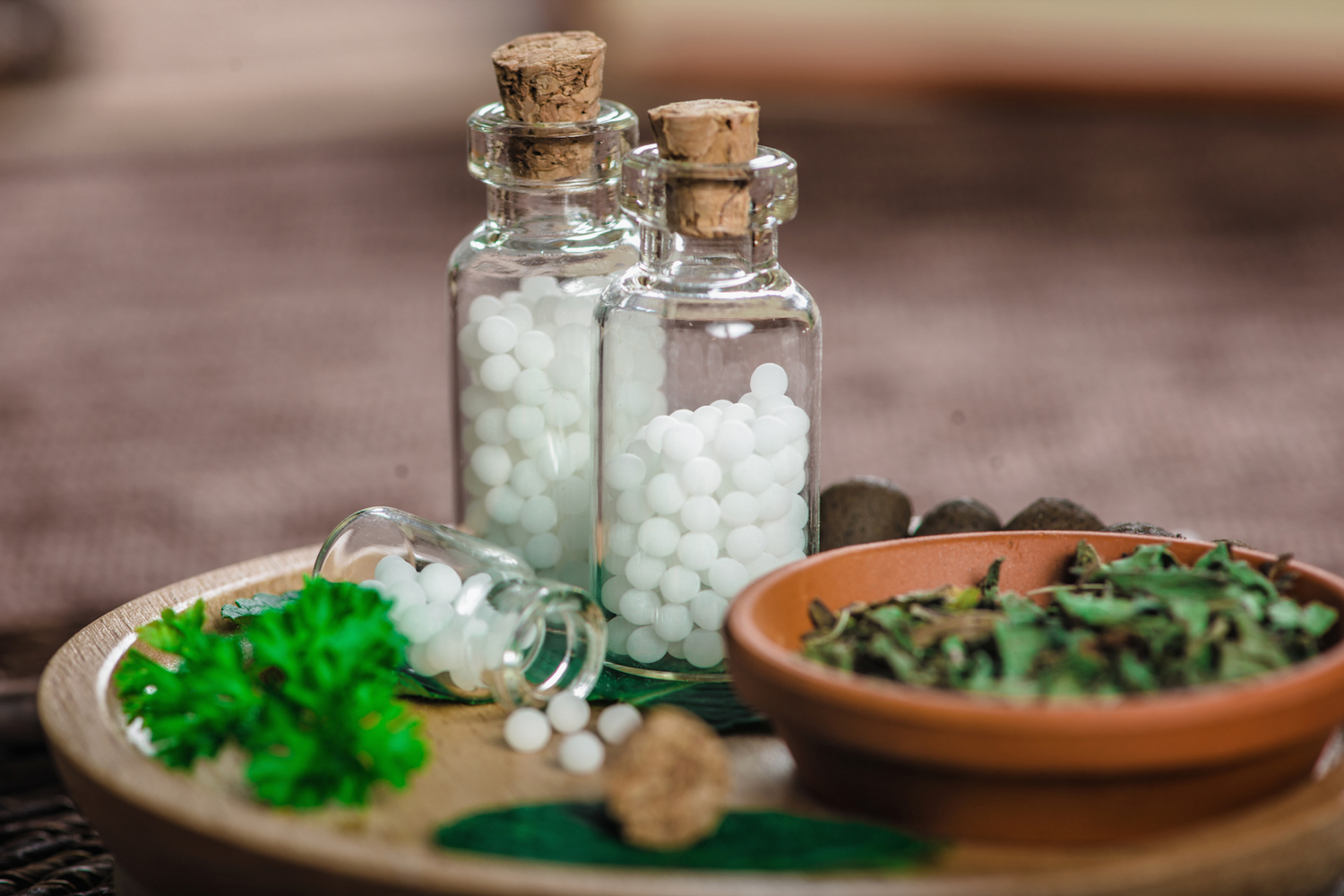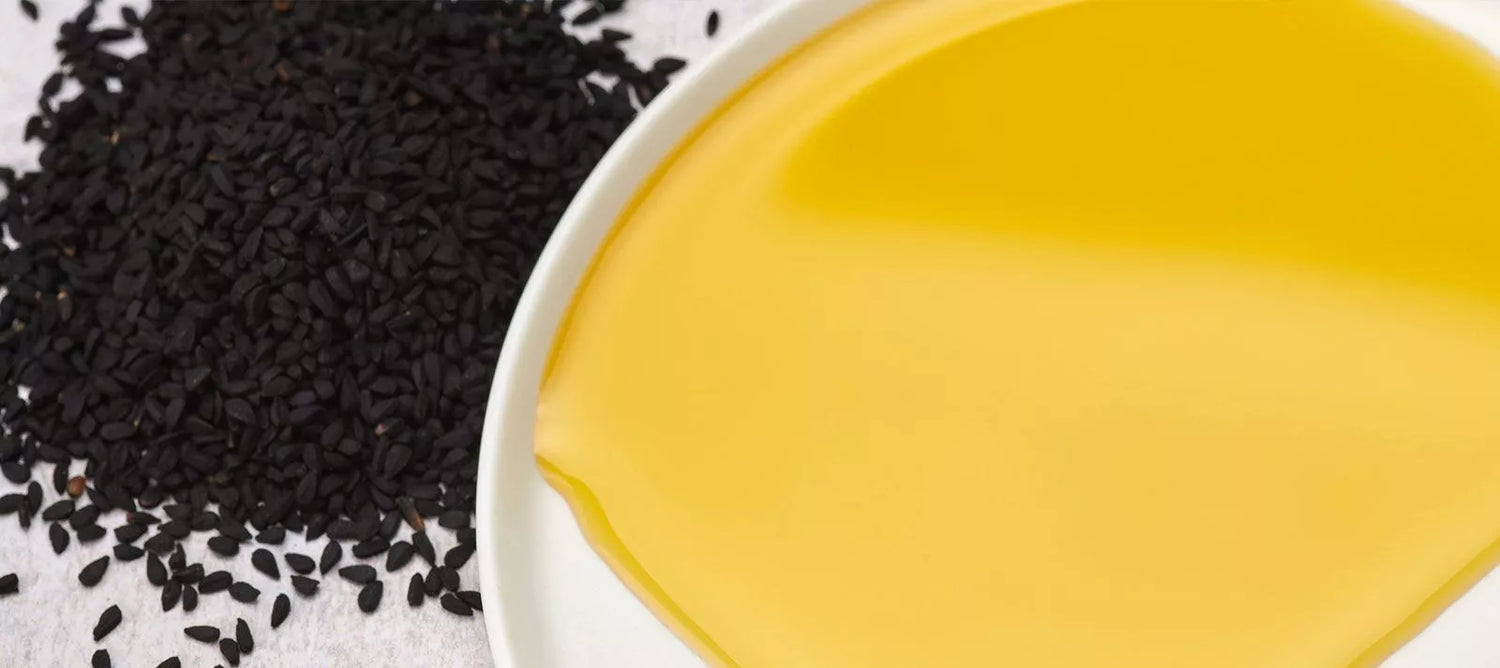Ghee, treasured in traditional medicine and culinary arts, is a cornerstone of natural wellness. Its roots in ancient practices like Ayurveda highlight its significance not only as a nutrient-rich food but also as a medicinal elixir. Let's explore the myriad benefits of ghee:
1. A Nutrient Powerhouse:
Ghee is not just rich in fat-soluble vitamins A, E, and D; it's a treasure trove of health. These vitamins play crucial roles in maintaining eye health, supporting the immune system, and aiding in calcium absorption for strong bones. The presence of essential fatty acids like Omega-3 and Omega-6 contributes to heart health and reduces the risk of chronic diseases. Antioxidants in ghee work to neutralize harmful free radicals, protecting the body from oxidative stress and aiding in cellular repair.
2. Digestive Comfort:
Ghee's easy digestibility is a godsend for those with sensitive stomachs. It aids in the absorption of nutrients and improves the intestinal lining by oiling the internal organs, making it beneficial for gut health. In Ayurveda, ghee is known to balance the digestive fire (Agni), promoting efficient digestion and preventing issues like bloating and acidity.
3. Lactose-Free Goodness:
Being free from lactose and casein, ghee is a safe choice for those with dairy intolerances, offering a way to enjoy the richness of butter without the associated digestive discomfort. This makes it an inclusive dietary option, suitable for a wider range of dietary needs.
4. Anti-Inflammatory Properties:
The butyric acid in ghee plays a key role in reducing inflammation in the body. This can be particularly beneficial in managing conditions like arthritis, inflammatory bowel disease, and even certain skin conditions. Its anti-inflammatory properties extend beyond physical health, potentially aiding in mental wellness too.
5. Safe High-Temperature Cooking:
Ghee's high smoke point not only makes it ideal for cooking at high temperatures but also ensures that it retains its nutritional profile even when heated. This reduces the risk of producing harmful free radicals that are often associated with oils breaking down at high temperatures.
6. Brain Health and Cognitive Support:
The omega fatty acids in ghee are essential for brain health. They play a crucial role in nerve function and brain development. Ghee’s ability to cross the blood-brain barrier means it can directly nourish and protect the brain, reducing inflammation and combating oxidative stress. This makes it particularly beneficial for mood regulation, mental clarity, and focus, supporting those with ADD/ADHD and enhancing cognitive functions in all age groups.
7. Heart and Weight Management:
Ghee contains conjugated linoleic acid (CLA), a type of fat that has been linked to improved heart health and assistance in weight management. CLA not only helps in reducing bad cholesterol levels but also aids in the efficient burning of fat, making it a healthy addition to a balanced diet.
8. Skin and Hair Care:
Ghee's benefits extend to external applications as well. Its moisturising properties can soothe dry skin, aid in wound healing, and act as a natural lip balm. For hair, ghee provides deep conditioning, promoting hair growth, strength, and luster. Its nourishing effects also contribute to a natural glow of the skin and can help in reducing dark circles under the eyes.
9. Therapeutic Massage Oil:
Used in massage, ghee helps in relaxing muscles, improving circulation, and enhancing skin health. Its warming properties and penetrative abilities make it an excellent medium for therapeutic massage, aiding in the release of toxins and deep relaxation.
10. Ayurvedic Significance:
In Ayurveda, ghee is more than just a dietary item; it's a potent medicinal substance. It is known to balance the doshas (body energies), enhance Ojas (vitality), and serve as an effective medium for herbal remedies, enhancing their absorption and efficacy. Its sattvic nature promotes mental clarity and wellbeing.
11. Longevity and Anti-Aging:
The rejuvenating properties of ghee contribute to longevity and maintaining a youthful appearance. Its antioxidants combat the signs of aging, while its hydrating properties keep the skin supple and radiant. Internally, ghee supports vital organs and strengthens the body, contributing to overall longevity.
Should I cook with ghee or butter?
Ghee and butter, while closely related, exhibit distinct characteristics and benefits, making each unique in its own right. Butter is well-loved for its rich flavour and versatility in cooking and baking. It contains milk solids and water, which give it a lower smoke point and a tendency to burn at higher temperatures.
On the other hand, ghee, often referred to as clarified butter, is butter that has been simmered to remove the water content and milk solids, resulting in a purer fat with a higher smoke point. This makes ghee more suitable for high-temperature cooking without the risk of producing harmful free radicals.
Nutritionally, ghee is a more concentrated source of fat-soluble vitamins and butyric acid, and is lactose and casein-free, making it a better option for those with dairy sensitivities. In terms of health benefits, ghee is often lauded in traditional medicine for its anti-inflammatory properties and support for digestive health.
Good quality butter has a whole load of significant health benefits too - especially if it's raw! We will explore these in another blog post.
How to make your own ghee
Making ghee at home is a simple and rewarding process. Here's a step-by-step guide to help you create this golden elixir in your own kitchen:
Ingredients
- Unsalted butter (preferably grass-fed, from healthy happy cows)
Equipment
- A heavy-bottomed saucepan
- Cheesecloth or a coffee filter
- A glass jar or container for storage
Method
1. Melting the Butter: Place the butter in the saucepan and melt it over medium-low heat. Avoid using high heat as it can burn the butter.
2. Simmering: Once the butter melts, it will start to foam and bubble. Let it simmer gently. This is where the butter starts to separate into different layers - the water content will evaporate, milk solids will settle at the bottom, and the clear fat, which is ghee, will float on top.
3. Observing the Changes: Keep a close eye on the butter as it simmers. You'll notice the butter goes through stages – it will foam, then the foam will disappear, and it will foam again. This process usually takes about 15-20 minutes, but the timing can vary.
4. Checking for Doneness: The ghee is done when the milk solids at the bottom of the pan turn golden brown, and the liquid becomes clear golden. It will have a nutty aroma. Be careful not to overcook, as the solids can burn quickly once they start browning.
5. Straining the Ghee: Remove the pan from heat and let it cool slightly, letting everything settle. Line the mesh strainer with cheesecloth or a coffee filter and place it over your jar or container. Carefully pour the ghee through the strainer to remove the milk solids.
6. Storing the Ghee: Seal the jar tight once it has cooled slightly. Ghee can be stored at room temperature for several weeks or in the refrigerator for extended shelf life.
7. Discarding the Solids: The leftover milk solids can be discarded or used as a flavourful addition to dishes like rice or spread on bread.
Tips
- Use the best quality butter you can find, as the quality of the butter directly influences the taste and quality of the ghee.
- Patience is key. Low and slow cooking ensures the milk solids don't burn, which can give the ghee a bitter taste.
- If you prefer a more intensely nutty flavor, let the milk solids brown slightly more before straining.
- Always store ghee in a clean, dry jar to prevent moisture from getting in, as this can lead to spoilage.
EntirelyPure Ghee
Or simply purchase it from us here, at EntirelyPure make our ghee from the highest quality butter, which is both grass-fed and pasture-raised!





